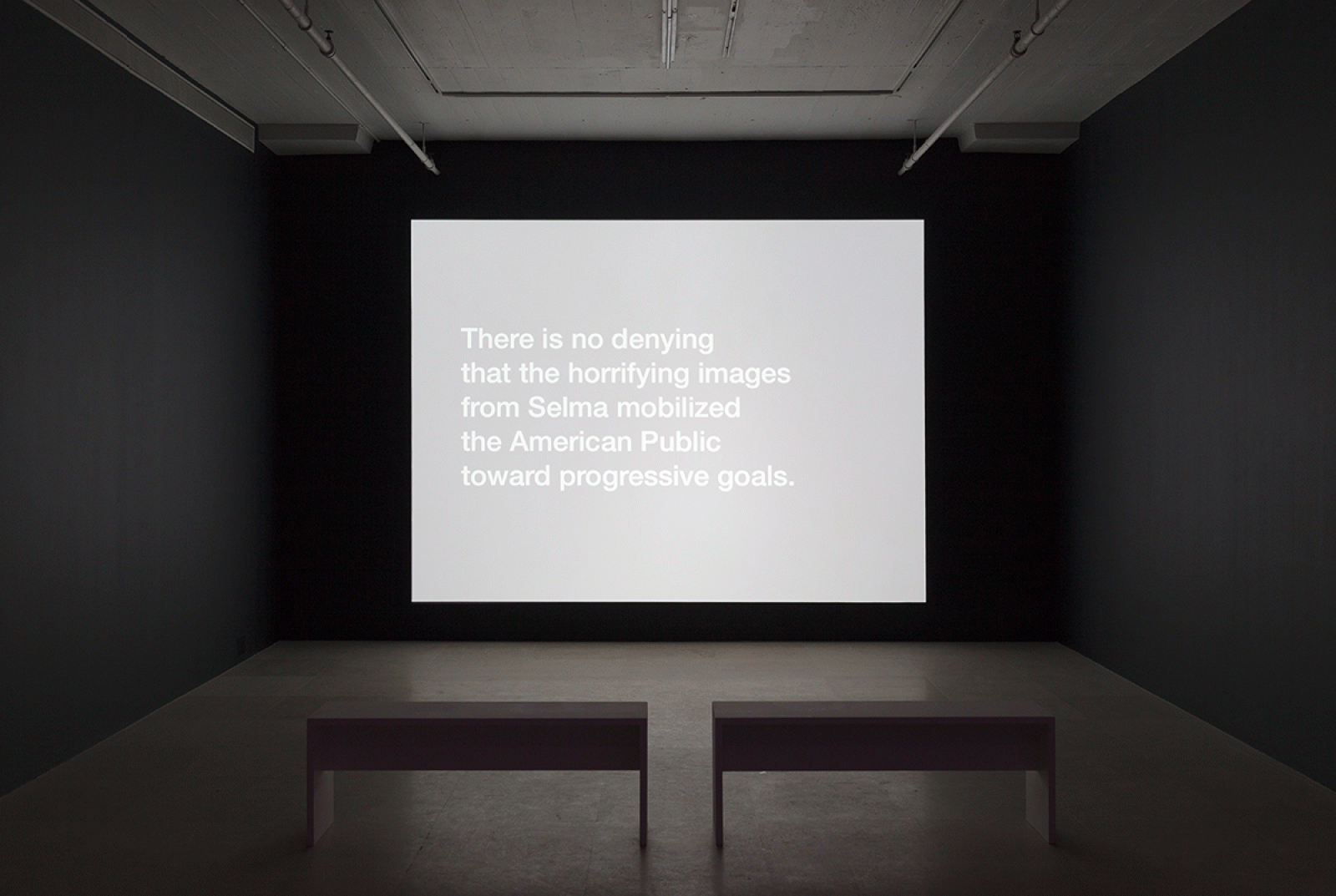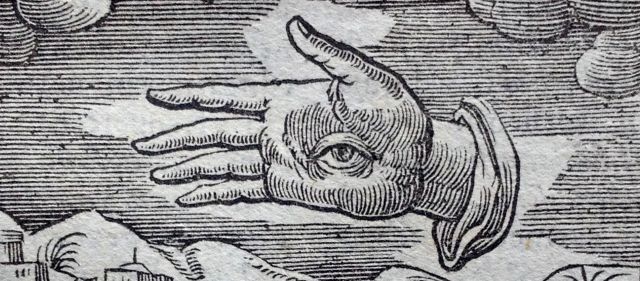Convegno
Envisioning Human Rights. How to claim the Common (Good)
Organized by the Minerva Research Group "The Nomos of Images. Manifestation and Iconology of Law" in cooperation with the European University Institute, Florence

Tony Cokes, Evil.27.Selma, 2011
The claim for universal human rights is not restricted to proclamations of international conventions. On the contrary, the history of human rights has been intertwined with the history of images on many levels. Recently, questions regarding photography and the emergence of human rights after WWII have strongly shaped academic debates. New forms of mass communication that emerged during the 1940s fostered a closer alignment between the usage of photography and political debates concerning the implementation and acceptance of human rights, and led to ethical debates about the limits of representation, which continue to this day.
How did and do images continue to stimulate discourses about human rights and their acceptance? What is their contribution in shaping, implementing and legitimizing fundamental human rights or in initiating movements? How do they negotiate the subject positions of victims and agents, function as evidences of rights violations or as visual remembrances of such? Alternatively, how can images violate human rights or manifest inequalities themselves when neglecting the dignity of individuals or groups?
Moreover, as in recent history, digitization strongly shapes the life of society, different visual languages and visual media developed. While photography for a long time promised to function as evidence attesting to the violation of rights, the acceptance of the evidentiary status of photography in times of digital photography and image progressing has been fundamentally questioned. It is also within these transformations of visuality that the power of the visual in light of human rights debates will be discussed.
Participants
Ariella Azoulay (Brown University, Providence), Carolin Behrmann (Kunsthistorisches Institut in Florenz), Lia Börsch (Kunsthistorisches Institut in Florenz), Katrine Bregengaard (Columbia University, New York), Tony Cokes (Brown University, Providence), Hannah Feldman (Northwestern, Chicago), Neha Jain (European University Institute, Florence), Thomas Keenan (Bard College, New York), Dieter Schlenker (European University Institute, Florence)
Scarica
16 dicembre 2019
Kunsthistorisches Institut in Florenz
Max-Planck-Institut
Palazzo Grifoni Budini Gattai
Via dei Servi 51
50122 Firenze
Avviso
Questo evento viene documentato fotograficamente e/o attraverso riprese video. Qualora non dovesse essere d’accordo con l’utilizzo di immagini in cui potrebbe essere riconoscibile, da parte del Kunsthistorisches Institut in Florenz a scopo di documentazione degli eventi e di pubbliche relazioni (p.e. social media) la preghiamo gentilmente di comunicarcelo.



